I had the opportunity to sit down with Alterra Robotics CEO and founder Nik Raghu to learn more about his plans for the company and why he is excited about building a business around autonomous security solutions.
Nik Raghu started the company in 2019 and he is the solo founder. Nik started his career in aerospace, where he discovered a passion for mobile robotics. The company currently has fewer than 5 people, yet they have just launched their first solution: the Sirius Autonomous Patrol Bot. The company is based in San Jose, CA.
Alterra Robotics Extends the Reach of the Human Security Team
The company was rounded on the idea that robotics should extend and enhance human functions, rather than replace humans. In the security market this means that autonomous robots are able to continually patrol areas of your facility while deploying cameras and other sensors that monitor the environment, all while a human security guard may not be present. Leveraging AI to continuously process the onboard sensor feedback also allows the bot to quickly detect anomalies and escalate situations to a human security guard for triage.
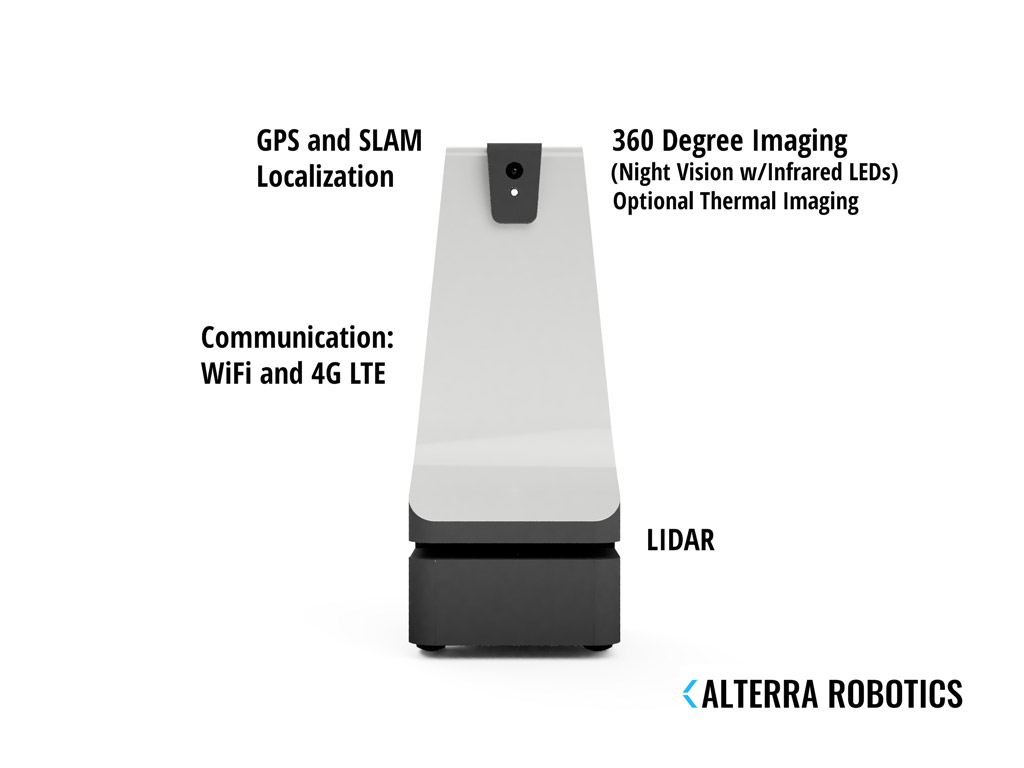
The Alterra Sirius Robot (image courtesy of Alterra Robotics)
Nik and his team did a lot of market research with early clients to understand the state of security today and how an autonomous platform could best enhance the operations both for the facility owners as well as the security team. The result is a solution that is easy to deploy and connects into existing security guard workflow.
Once the facility layout is mapped, the Sirius Autonomous Patrol Bot goes to work patrolling on predifined paths defined throughout the facility. The video feed from the robots is patched directly into the existing security camera feed, together with all of the other stationary cameras in the facility.
In the simplest use case, the Sirius Patrol Bot becomes a mobile camera platform, extending the view of your security team to parts of your facility that are not easily imaged with a stationary camera. This can include parking lots, warehouses, perimeters, hallways, etc.
The robot is equipped with full 360 degree view around itself. The robot has night vision, using infrared LED’s to light dark areas without alerting a criminal. Optionally, Sirius can be equipped with thermal scan cameras to “see” heat signatures. This is useful to see human (or animal) outlines in the darkness, but it’s also possible to provide early detection of fires or overheating equipment.
Alterra Robotics Leverages AI to Process Data
The robot can also leverage onboard edge processing to processes video and image feeds in order to quickly alert the human security teams to an anomaly. AI image recognition algorithms allow automated people and vehicle detection, as well as facial and number plate recognition. The AI can send automated alerts including via email and SMS text messages to your security personnel. This capability helps the security team quickly assess and control any situation.
In addition to security patrol tasks, Nik envisions that Sirius can be equipped with additional sensor packages to perform environmental data collection (temperature, chemical/gas, etc) or other important data. When the robot repeatedly patrols an area hour after hour, it can easily collect other data and then process that data feed to determine acceptable and unaccepted ranges of the information.
Available in a Robots as a Service Contract
Sirius is available primarily in a Robots-as-a-service (RaaS) business model. This means that customers pay for the robots as they work (on an hourly, weekly or monthly schedule). Nik believes that RaaS is huge benefit for security operations as customers can easily see the value that they are getting out of the solution, and RaaS is typically coming our of the operational expense budget. A RaaS model also enables the customer to scale up or scale back on the number of robots deployed to meet additional demands, without a long CAPEX purchasing cycle.
Nik also believes that RaaS makes support simpler for both the vendor and the customer. The vendor can easily troubleshoot the system remotely and easily then (if necessary) replace a broken robot to quickly get the system back into operation. Software updates and new functionality can also be easily pushed to the systems remotely, further simplifying the onsite operations.
For more information, check out: Alterra Robotics

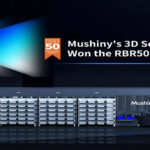





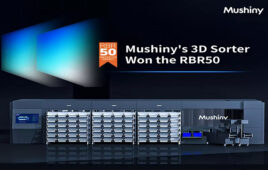
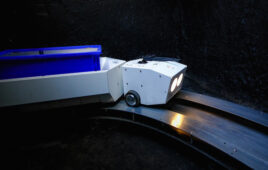
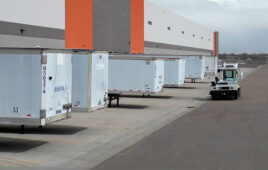
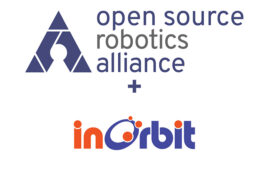
Tell Us What You Think!
You must be logged in to post a comment.